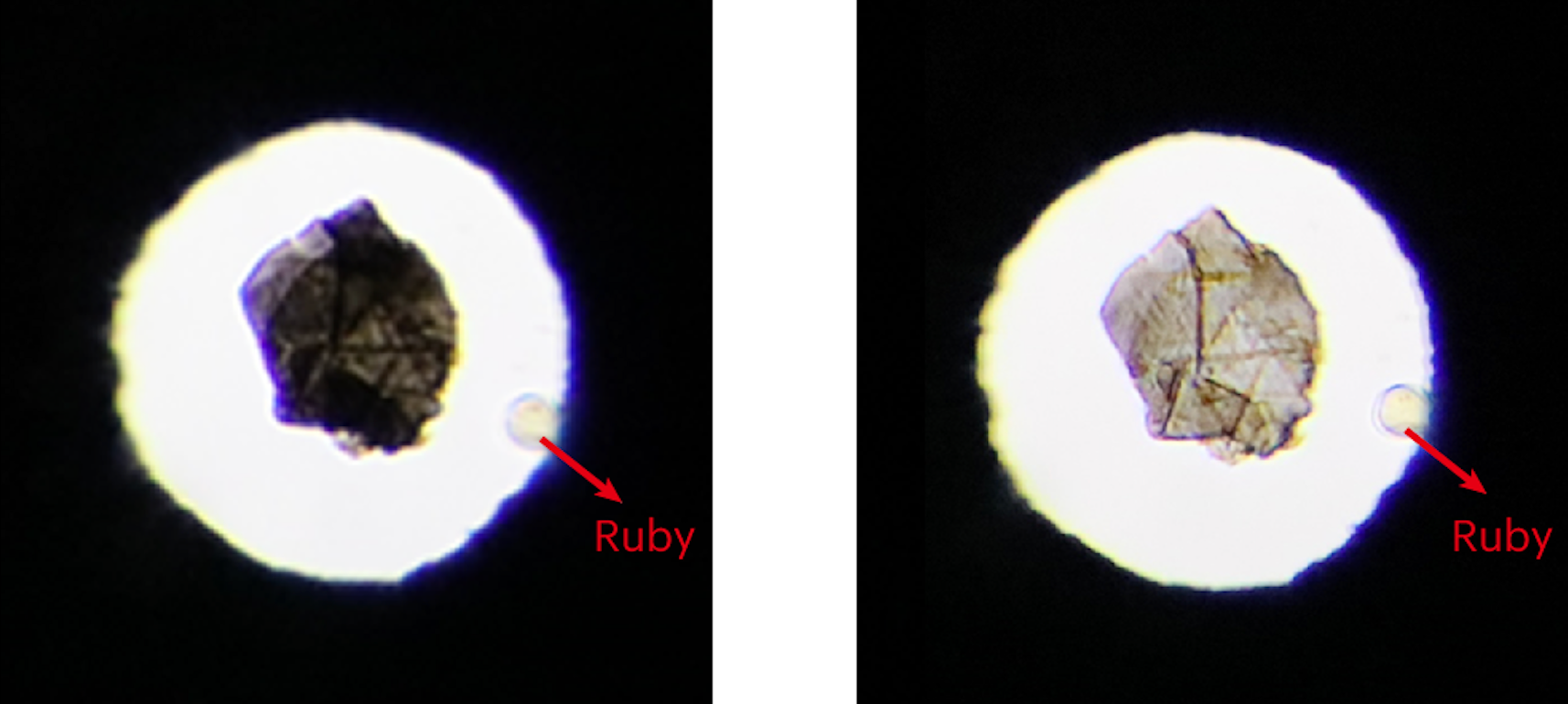Chinese scientists have created an artificial “super diamond” much greater in hardness than real ones, an advance that could lead to breakthroughs across several key industries that rely on the material.
Natural diamonds mostly have a cubic lattice – or arrangement of their carbon atoms – but a hexagonal crystal structure is known to provide a much stronger material.
However, researchers say, the applications of such a hexagonal diamond (HD), known as lonsdaleite, have been “largely unexplored” due to the low purity and minuscule size of most samples obtained.
Previously, the hardest diamonds known have been found only in asteroid and meteoroid impact craters.
For instance, lonsdaleite was first discovered in the Canyon Diablo meteorite in Arizona in 1967.
The synthesis of this material in labs has also remained unverified beyond a few studies.

Now, a new study, published in the journal Nature Materials, reports the synthesis of “well-crystallised, nearly pure HD” by heating highly compressed graphite.
Researchers led by Liu Bingbing and Yao Mingguang from northeastern China’s Jilin University show that HD can be formed from what scientists call a “post-graphite phase” when graphite is compressed under temperature gradients.
“Here we report the synthesis of well-crystallised, nearly pure HD by heating highly compressed graphite, which is applicable to both bulk and nanosized graphitic precursors,” scientists wrote.
They found that this approach led to the formation of a millimetre-sized, highly structured block containing stacks of ultrasmall HD nanolayers.
This “super diamond” structure, according to scientists, exhibits high thermal stability “up to 1,100C and a very high hardness of 155 Giga Pascals (GPa).”
In comparison, natural diamonds have a hardness of around 100 GPa and a thermal stability up to around 700C.
The material’s high thermal stability and hardness “suggest its great potential for industrial applications”, scientists wrote in the study.
They say the findings also provide a framework for graphite-to-diamond conversion under high pressure and temperature, further opening opportunities for fabricating the material to suit applications.
“Our findings offer valuable insights regarding the graphite-to-diamond conversion under elevated pressure and temperature, providing opportunities for the fabrication and applications of this unique material,” they wrote.
However, this is not the first time a form of HD has been synthesised in a lab.
A 2021 study led by scientists at the Lawrence Livermore National Laboratory in the US also reported creating hexagonal diamonds, SCMP reported.
They said the material could be a “superior alternative” to conventional diamonds in widespread applications including in machining or drilling.
Such hexagonal diamonds may also be fashioned into engagement rings, scientists said.
Source: independent.co.uk



